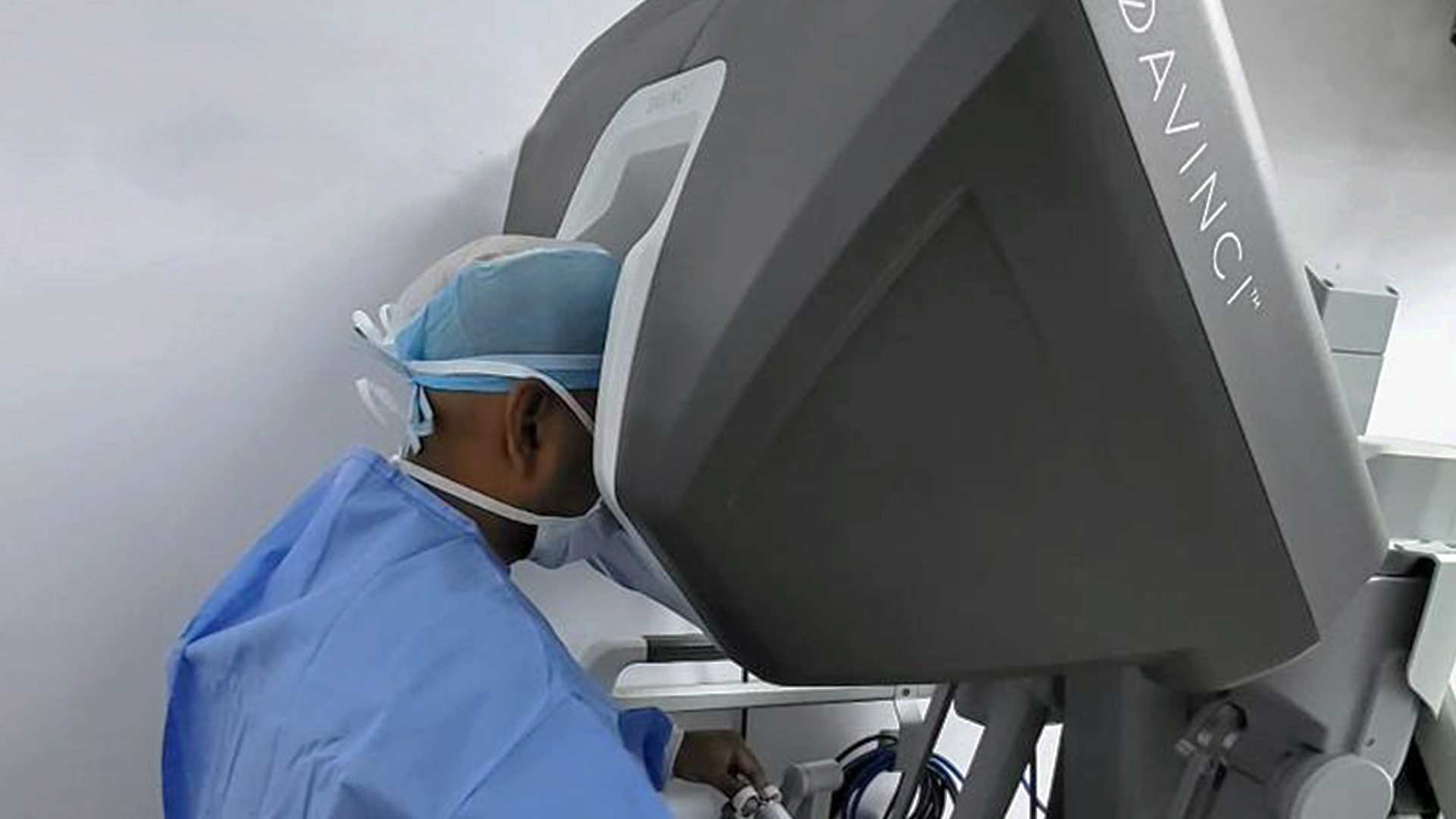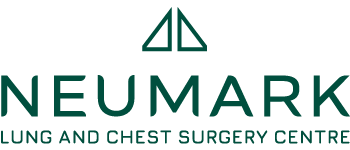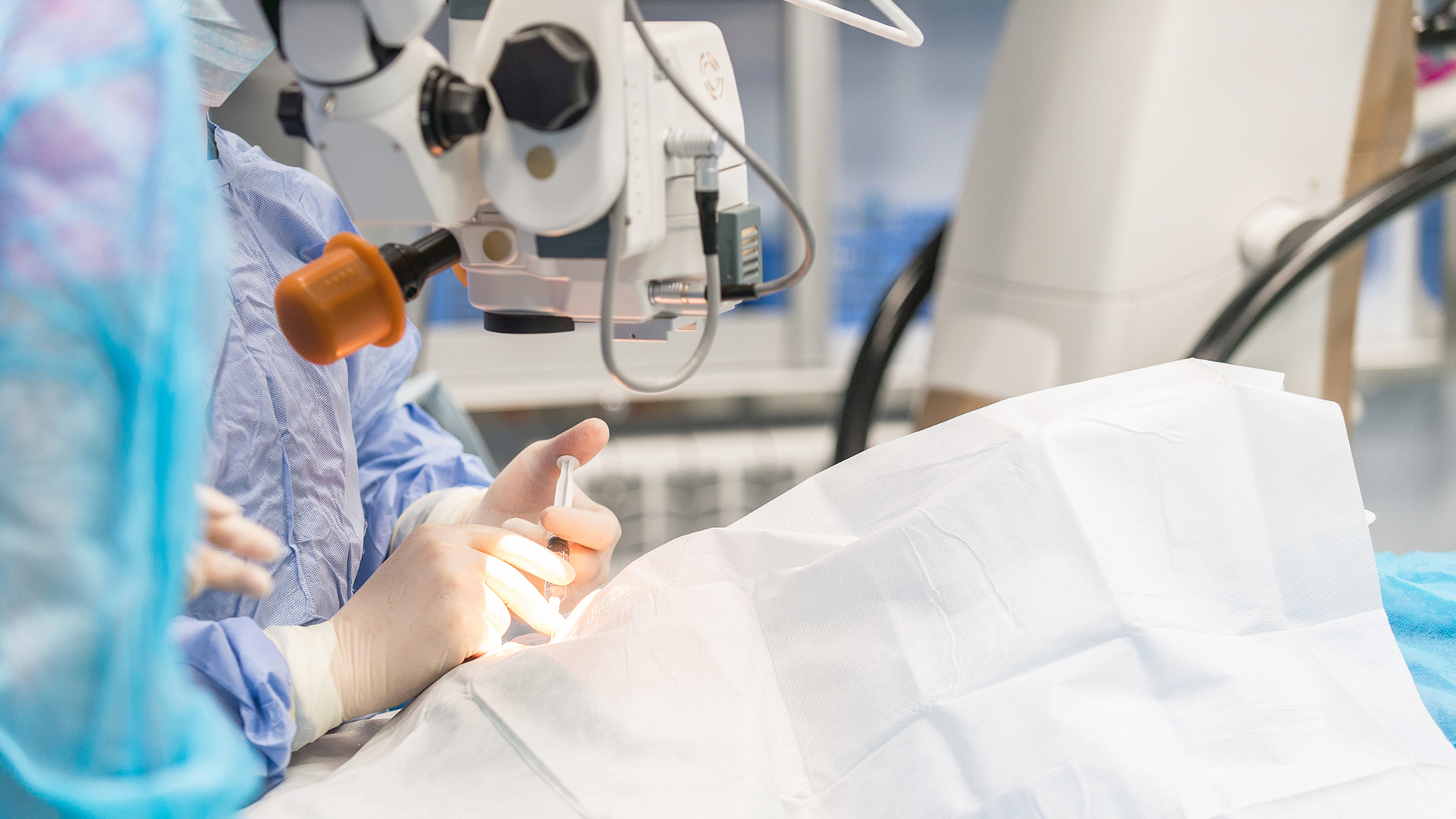We’re witnessing a unique shift in the battle against cancer. Rather than discovering a single novel therapy or a variety of scientific breakthroughs, advances are reducing cancer mortality rates in previously unseen ways.
Inherited genes do not primarily cause small-cell lung cancer (SCLC). The main risk factor is exposure to tobacco smoke, which damages cells and leads to cancer development. However, recent research suggests some genetic mutations can increase a person’s risk of SCLC. These mutations can be inherited, but they are not the sole cause. Inherited mutations combined with environmental factors like smoking create a higher risk.
Metastatic Small-Cell Lung Cancer
Lung cancer mainly presents as either small-cell or non-small-cell lung cancer (NSCLC), with SCLC being the more aggressive form, characterised by small cells that multiply and spread rapidly to other parts of the body. It represents about 10–15% of lung cancer cases in Singapore each year.
Nowadays, patients with metastatic cancer like SCLC, where the disease has spread throughout the body, are experiencing significantly extended lifespans and, in some instances, are being cured by a combination of innovative and minimally invasive small cell lung cancer treatments.
This marks a dramatic shift in outlook compared to just a few years ago.
Increasingly, those with metastatic forms of cancer have a plethora of treatment options available, allowing them to switch therapies as needed to outpace the progression of their cancer, maintaining control over the disease longer than ever before.
SCLC is notably aggressive and tends to spread rapidly. This makes early detection and intervention crucial, though challenging.
Often, SCLC spreads to the lymph nodes and brain, leading to atypical symptoms such as bone pain. Smoking tobacco is the predominant risk factor for developing SCLC.

The risk escalates with the amount you smoke and the younger you start. But smoking isn’t the only culprit. Exposure to secondhand smoke, environmental pollutants, radiation and certain workplace carcinogens also heightens the risk. Additionally, a family history of lung cancer and a prior HIV infection are considered risk factors for developing SCLC.
While the majority of SCLC cases are attributed to smoking (accounting for 98% of diagnoses), it’s important to be aware of and manage other risk factors when possible.
Prevention strategies focus primarily on avoiding tobacco smoke, highlighting the substantial risk reduction that quitting smoking can offer, even though former smokers will still carry a higher risk than those who’ve never smoked.
Early Signs of Small-Cell Lung Cancer
The presentation of small-cell lung cancer often doesn’t show symptoms until it has spread. Possible symptoms include persistent chest pain, a worsening chronic cough, coughing up blood, difficulty breathing, facial swelling, hoarseness, loss of appetite, swollen neck veins, unexplained weight loss, and wheezing. These symptoms can resemble less serious conditions, so it’s crucial to consult a healthcare provider if you experience them, especially if you have a history of smoking.
Previously, the medical community viewed early-stage cancer as curable and metastatic cancer was seen as nearly always terminal. This perspective influenced decades of cancer treatment and research, leading to aggressive treatments for early-stage cancer, such as invasive open chest surgeries and a focus on palliative care for those in advanced stages of the disease.

Although the incidence of lung cancer has risen throughout the past decade, the number of people surviving cancer has also been on the rise as lung cancer screening, prevention, and treatments have improved. This shift with recent advances and innovative combination treatments is changing the landscape of cancer care, offering hope where there once was little for cases of metastatic cancer.
From Scans to Minimally-Invasive Techniques
When suspecting lung cancer, your physician may order imaging tests like a low-dose CT scan, PET or MRI to spot unusual areas in or near the lungs. They might also test your mucus for cancer cells. Finding abnormalities could lead to a lung biopsy to collect lung tissue samples. Bronchoscopy is another method for examining and collecting lung tissue.
Minimally invasive techniques offer a welcome shift from traditional open surgery for patients facing surgery for a lung nodule. One such method is video-assisted thoracoscopic surgery (VATS), which utilises small incisions in the chest wall and relies on a camera for magnified visualisation.
At Neumark Lung Cancer Treatment Centre in Singapore, we understand that no two cases of small-cell lung cancer are alike. That’s why we offer highly personalised small cell lung cancer treatment plans for each patient.

Our team takes a collaborative approach. Our surgeons, medical oncologists, and radiation oncologists collaborate closely to determine your optimal lung cancer treatment strategy. Additionally, we involve you in decision-making to ensure the plan aligns with your needs and preferences.
Beyond initial treatment, we provide close follow-up care. This ensures we can promptly address any potential recurrence. If the cancer returns, we offer access to the latest small-cell lung surgery options to give you the optimal chance of successful management.

